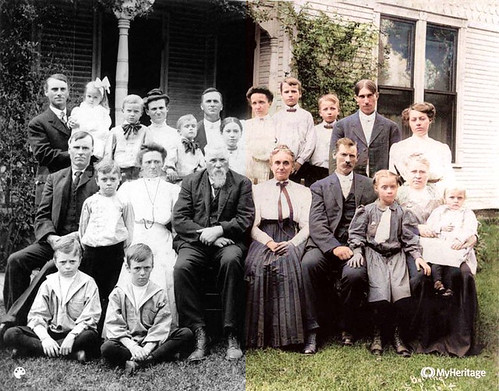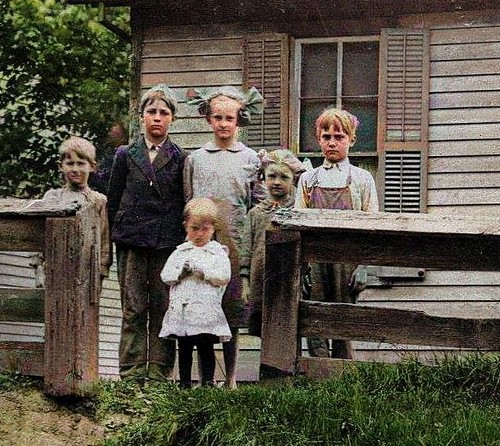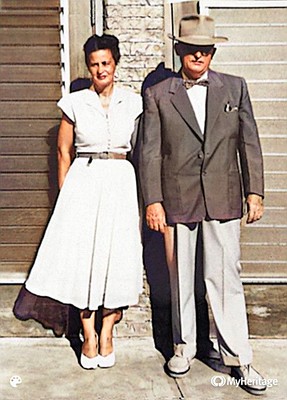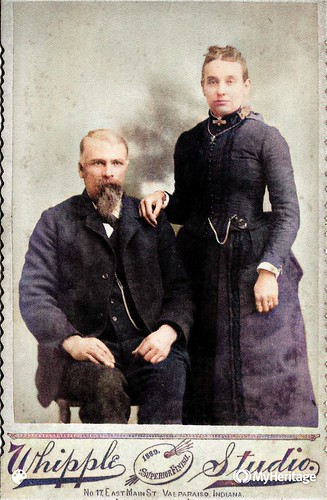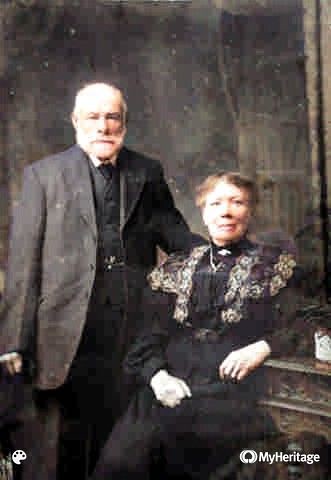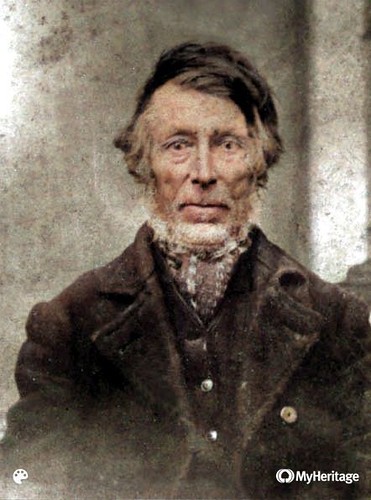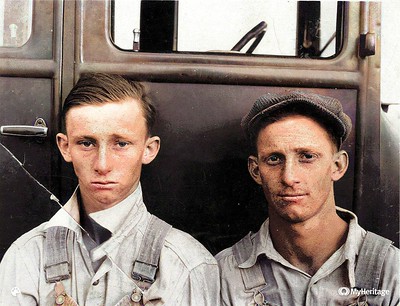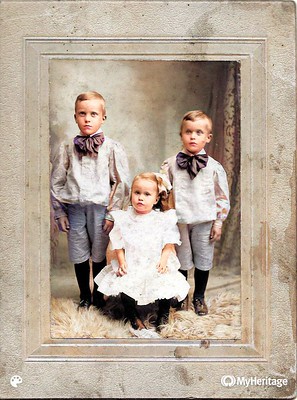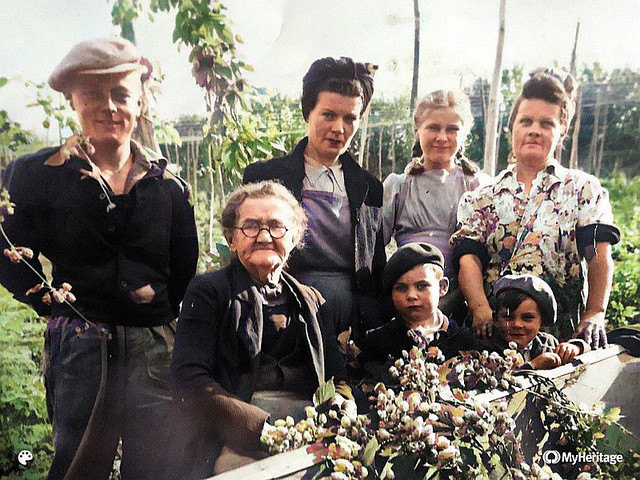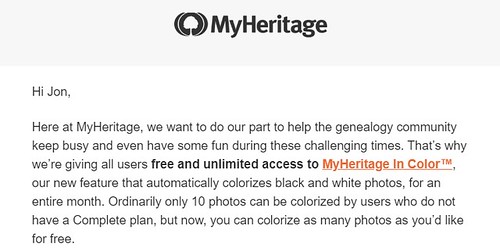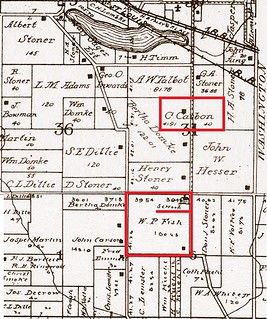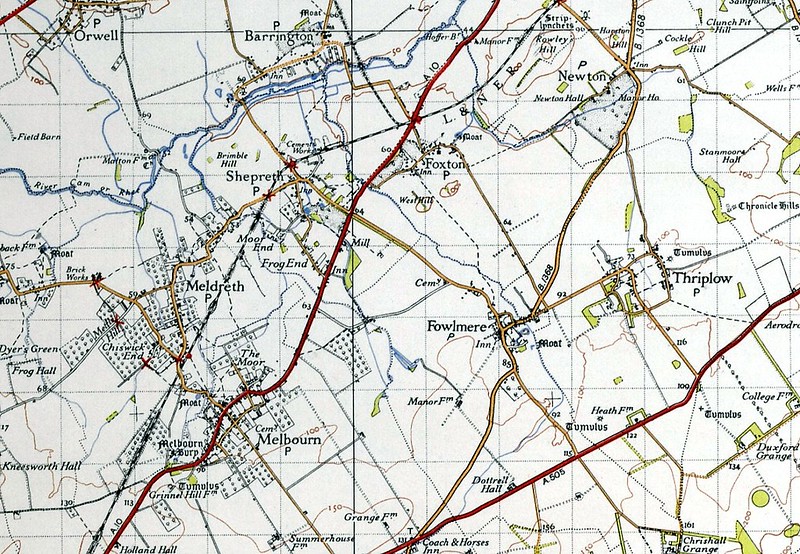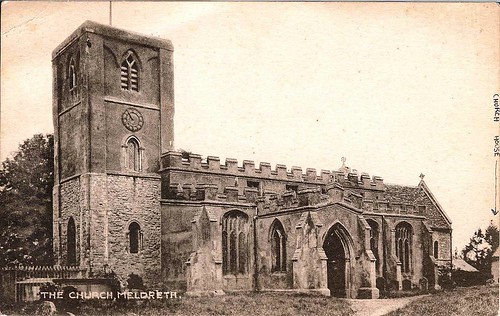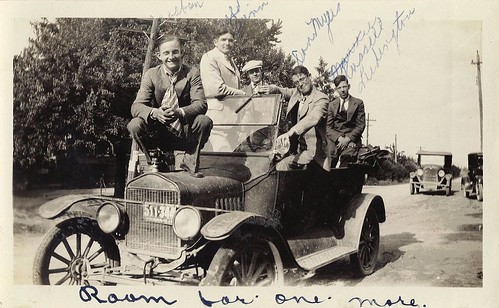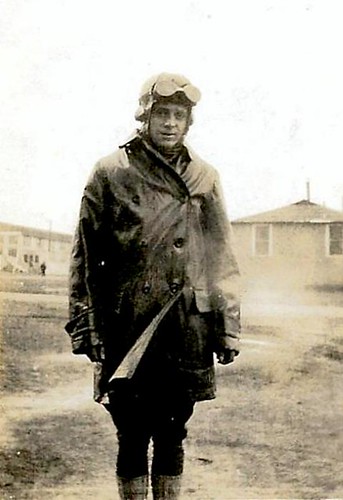This is my eighth post in the Guild of One-Name Studies blog challenge 2020.
Many genealogy researchers have learned that old books can be a valuable source of information about their ancestors. Many books that are no longer protected by copyright have been digitized and are available online. The three book sources that I use most often are Internet Archive, Hathi Trust Digital Library, and Google Books. You can go to any of these sites and type in a search term, such as a surname, and then get a list of books containing that search term. A regular Google search will also find these references, although they may be scattered throughout the search results.
A recent search turned up a source, titled The Sunday Schools of Lake: An Account of the Commencement and Growth of the Sunday Schools of Lake County, Indiana, from about 1840 to 1890.[1] The book was written to commemorate the 25th anniversary of the Lake County Sunday-school Convention, an interdenominational annual meeting of many of the county’s churches, as well as “the 50th Anniversary of Sunday-school work in Lake County.”[2]
In addition to giving a detailed history of Sunday schools in the county, the book provides a listing of students enrolled in the Convention’s Sunday schools in 1890. A few Casbon names turned up in this list.
 Detail from pages 161-2 of The Sunday Schools of Lake, showing students enrolled at the Deep River Union School in 1890; (note: “1888” next to the name of the school is the year the school was organized)
Detail from pages 161-2 of The Sunday Schools of Lake, showing students enrolled at the Deep River Union School in 1890; (note: “1888” next to the name of the school is the year the school was organized)
(Click on image to enlarge)
The three names on page 161, Charles, Lawrence and T. (Thomas) Casbon, are all known to me. They are the sons of my second great-grandfather, Sylvester Casbon. Sylvester had moved to Deep River from Porter County in about 1865. Lawrence was born in 1865 to Sylvester’s first wife, Mary Adaline (Aylesworth), who died in 1868. Thomas and Charles were born in 1870 and 1872, respectively, to Sylvester’s second wife, Emilene Harriet (Perry), who died in 1874. In 1890, Lawrence, Thomas, and Charles would have been about 25, 20, and 18 years old, respectively. All three were still unmarried.
I must admit that I am completely baffled by the name on page 162—Stella Casbon. There is no other record of a child with that name. She does not appear in vital records, census reports, family histories, newspaper articles, or photographs. The fact that she was enrolled in the Boys’ and Girls’ class tells us that she would have been younger than the three Casbon sons. But there are no records of a younger daughter being born to Sylvester. Nor was a child of that name born to any of Sylvester’s siblings. There is no record that Sylvester’s third wife, Mary (Mereness) had any children. There were no other Casbon families living in Lake County at the time. So, who was Stella? I just don’t know.
The fact that the Casbon name appears in this book led me to reflect upon the religious beliefs and practices of the early Indiana Casbons. I’ll say at the outset that there is insufficient information to draw any firm conclusions. The Indiana Casbons are all descended from Isaac Casbon of Meldreth, Cambridgeshire, England, who lived from about 1773 to 1825. The baptisms, marriages, and burials of Isaac’s family were recorded in the parish registers (i.e., Church of England) of Meldreth and nearby parishes. Since this was the near universal practice of the time, it tells us nothing about the family’s religious beliefs or practices. The baptisms of two of Isaac’s children, Joseph and James, were not recorded, which suggests that the sacrament was not a high priority. As a poor agricultural laborer, Isaac was at the lower end of the social order. Putting bread on the table was probably a higher priority than religious practices.
Of Isaac’s son Thomas, my third great-grandfather, nothing is written about his religious beliefs. The few biographical references I have seen do not mention religion. If he is mentioned in church records in the U.S., I am not aware of them.
However, I do have a little information about Thomas’s sons. An 1882 biographical sketch of Sylvester Casbon, the father of the three sons mentioned above, states that “he is liberal in politics, attends church, and is much esteemed by his neighbors.”[3] The 1912 History of Porter County Indiana includes sketches about Sylvester and his brother Charles. Of Sylvester, the book says “he and his wife are members and liberal supporters of the Christian church [of Valparaiso, Indiana], with Rev. Hill as their pastor.”[4] Charles and his wife, Mary (Marrell) were also said to be liberal supporters of the same church.[5] Sylvester’s obituary also mentions his membership in the Christian church.[6] The fact that Sylvester and his brother were members of this church tells us that they considered themselves to be Christians, like the majority of Americans at the time. However, it tells us nothing about how important their Christian beliefs were to them.
The Christian church referred to above is now known as First Christian Church (Disciples of Christ) and was founded at Valparaiso, Indiana, in 1837.[7] A modern source describes the denomination in these terms: “the Disciples of Christ, also known as the Christian Church, has no creed and gives its congregations complete autonomy in their doctrine. As a result, beliefs vary widely from individual church to church, and even among members of a church.”[8] Thus, it is hard to tell exactly what the members of The Christian Church in Valparaiso believed.
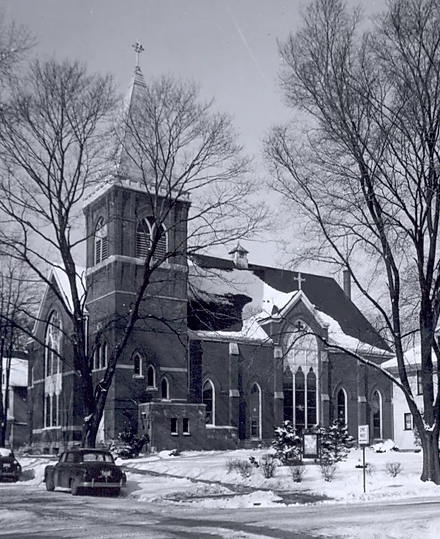
First Christian Church, Valparaiso, Indiana, 1950 (https://www.fccvalpo.org/our-building-over-time)
Going back to the Sunday school roster of 1890, The Sunday Schools of Lake tells us that the Deep River Union School was organized “in August, 1888, by the evangelist ‘Christian’ minister of this district, Rev. Ellis B. Cross.”[9] I haven’t been able to find out anything more about the school or its founder. Were the three Casbon sons there because of their Christian beliefs or was it more of an acceptable social outlet—something young men in Deep River were expected to do (especially since there was also a young ladies’ class!)? How was their Sunday school experience reflected in their later lives?
I was always under the impression from conversations with my father that his family in Indiana wasn’t very religious. His grandfather was Lawrence Casbon—the one listed on the Sunday school roster above. Lawrence’s obituary mentions his membership in the local Masonic Lodge but says nothing about church membership.[10] Likewise, the obituaries of his three sons, Leslie, Loring, and Lynnet, mention their memberships in the Masons, Scottish Rite, American Legion, and similar organizations, but say nothing about church membership. Perhaps these social organizations became their surrogates for participation in an organized church. [Update: see comment from Dave Casbon, below.]
Of Lawrence’s two brothers, Thomas’s obituary describes him as a member of the same Christian church as his father.[11] Charles’s obituary says that he belonged to the Elks lodge but does not mention a church affiliation.[12]
As I said earlier, there isn’t enough information to draw firm conclusions. The Indiana Casbons described above were all respected members of their communities. They fit in with the norms and expectations of their fellow citizens. Church membership and Sunday school attendance was probably one of those expectations in the late 1800s.
I will be eager to hear from any of their descendants whether they have different recollections or opinions.
[1] T.H. Ball (Crown Point, Indiana: T.H. Ball, 1891); Google Books (https://books.google.com/books?id=g5A_1QM4wVAC : accessed 21 Jan 2020)
[2] The Sunday Schools of Lake, p. 5.
[3] Weston A. Goodspeed, Charles Blanchard, Counties of Porter and Lake Indiana: Historical and Biographical, Illustrated (Chicago: F.A. Battey & Co., 1882), p. 707; Hathi Trust Digital Library.
[4] History of Porter County Indiana: A Narrative Account of its Historical Progress, its People and its Principal Interests (Chicago: The Lewis Publishing Co., 1912), p. 484; Hathi Trust Digital Library.
[5] History of Porter County Indiana, p. 461.
[6] “Death Calls S.V. Casbon; Reached 90,” The (Valparaiso, Indiana) Vidette-Messenger, 10 Dec 1927, p. 1, col. 1; Newspaper Archive (accessed through participating libraries).
[7] “Our Story,” First Christian Church (https://www.fccvalpo.org/our-story).
[8] Jack Zavada, “Disciples of Christ Beliefs and Practices,” Learn Religions (https://www.learnreligions.com/disciples-of-christ-beliefs-and-practices-700019).
[9] The Sunday Schools of Lake, p. 86.
[10] “85-Year-Old Resident of County Dies.” The Vidette-Messenger, 16 Jun 1950, p. 1, col. 5; Newspaper Archive.
[11] “Deaths … Thomas S. Casbon,” The Vidette-Messenger, 16 Mar 1955, p. 6, col. 3; Newspaper Archive.
[12] “Death Takes C.P. Casbon,” The Vidette-Messenger, 1 Feb 1949, p. 1, col. 1; Newspaper Archive.
